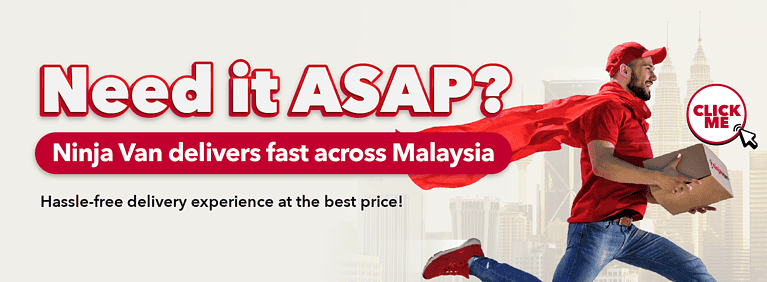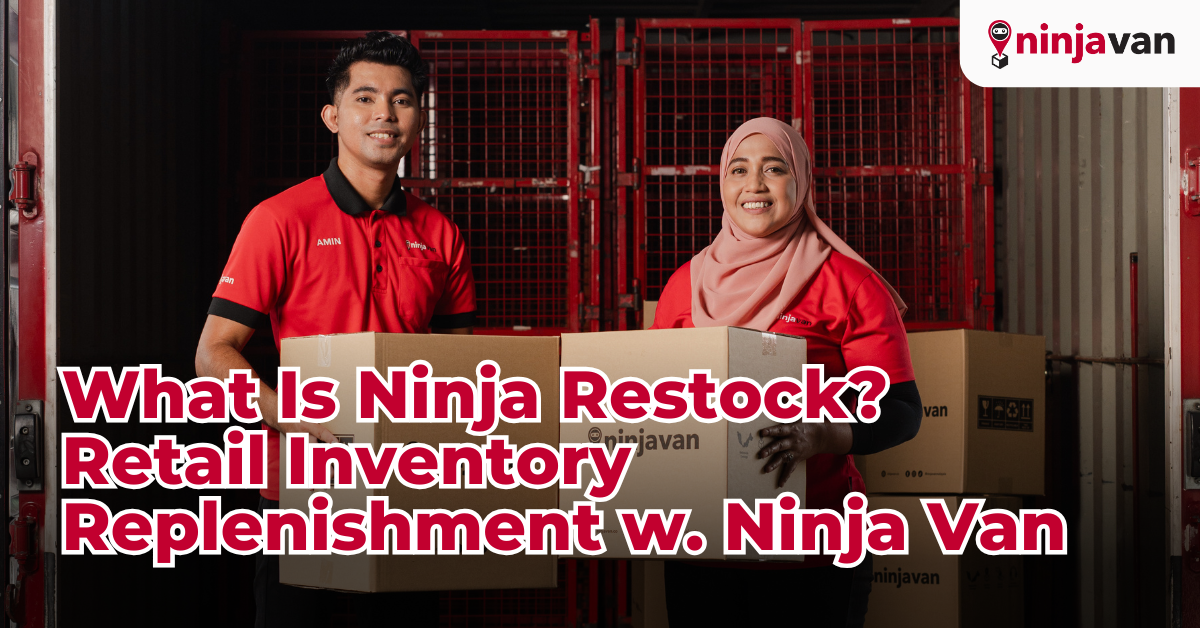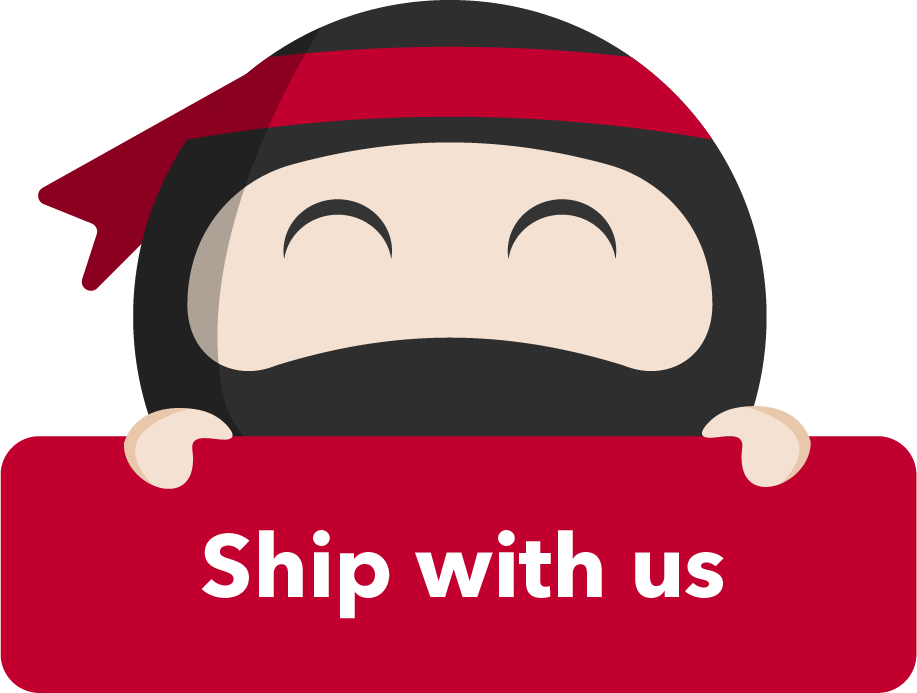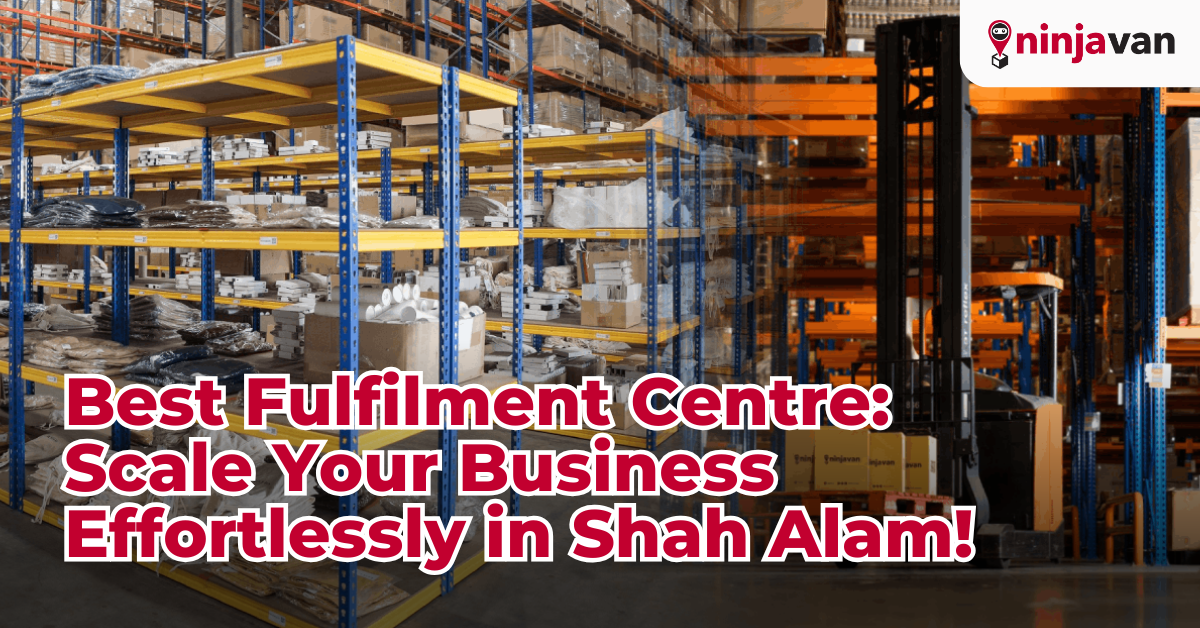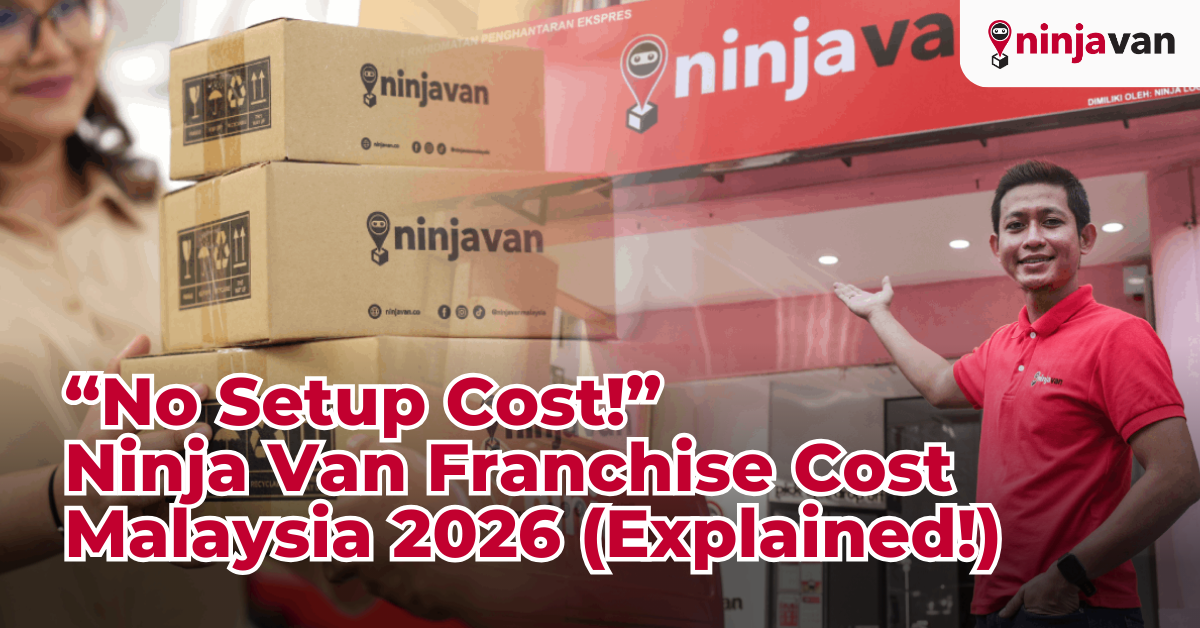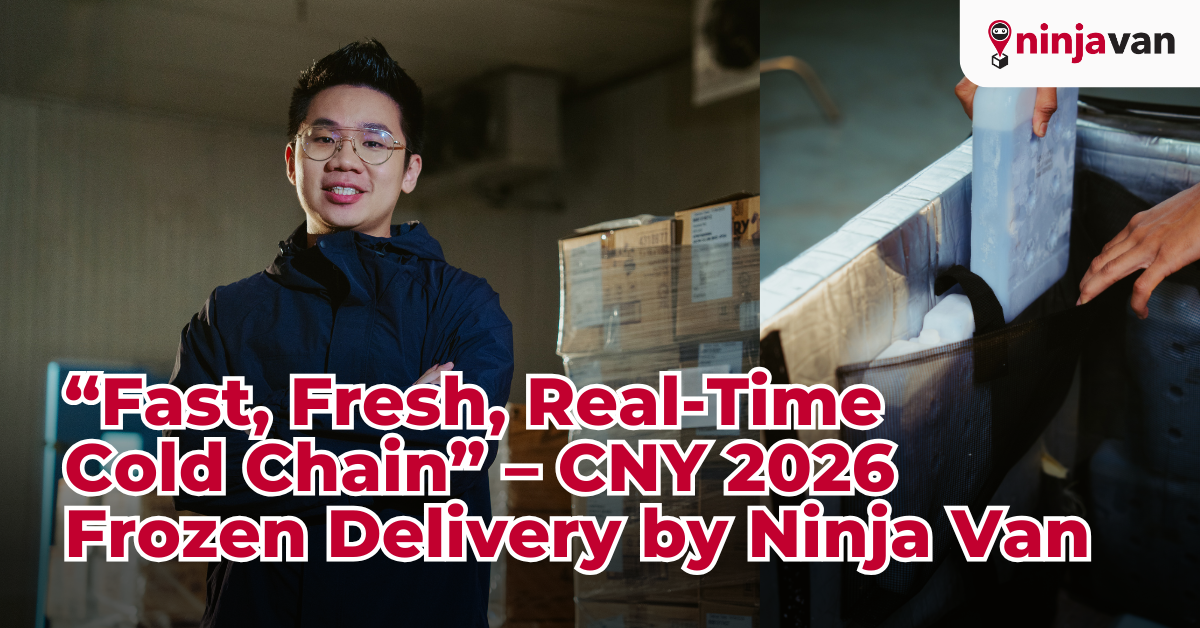You may already have…
…came across Ninja Van’s “Restock” service (also called B2B Restock or Retail Inventory Replenishment), but what does it really mean, in terms of logistics, operations, and value to your business?
This blog will explain in the languages you understand.
❓ What is Ninja Restock?
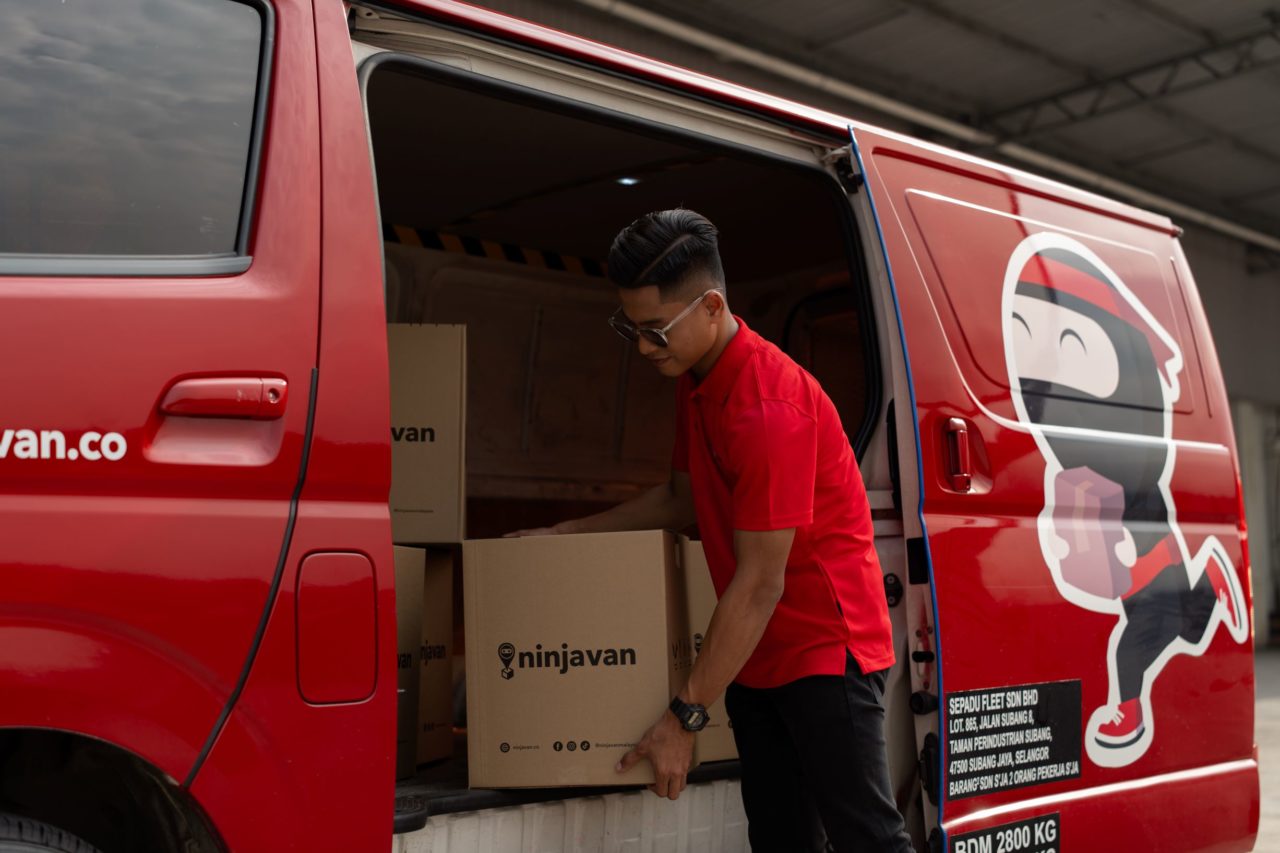
At its core, Ninja Restock is a third-party logistics (3PL) service tailored for inventory replenishment: helping retail chains, distributors, wholesale operators, and especially brands in Malaysia to move product from warehouses or suppliers directly to stores (or other retail points), with flexible quantities, scheduled routing, and operational tools like GRN, RDO, and MPS built in.
It’s designed to solve common pain points that traditional transporters or drivers cannot avoid: stockouts, inefficient deliveries, high internal fleet cost, lack of visibility, small-batch restocking, etc.
Below, I will dig into:
- Industrial / logistics terms you’ll need to understand Restock fully.
- How Ninja Restock works, beyond what you’ll find in their marketing.
- The benefits & trade-offs.
- Some frequently asked questions and “what to check if you’re considering adopting it.”
🌍 Key Logistics & Industrial Terms (with Definitions)
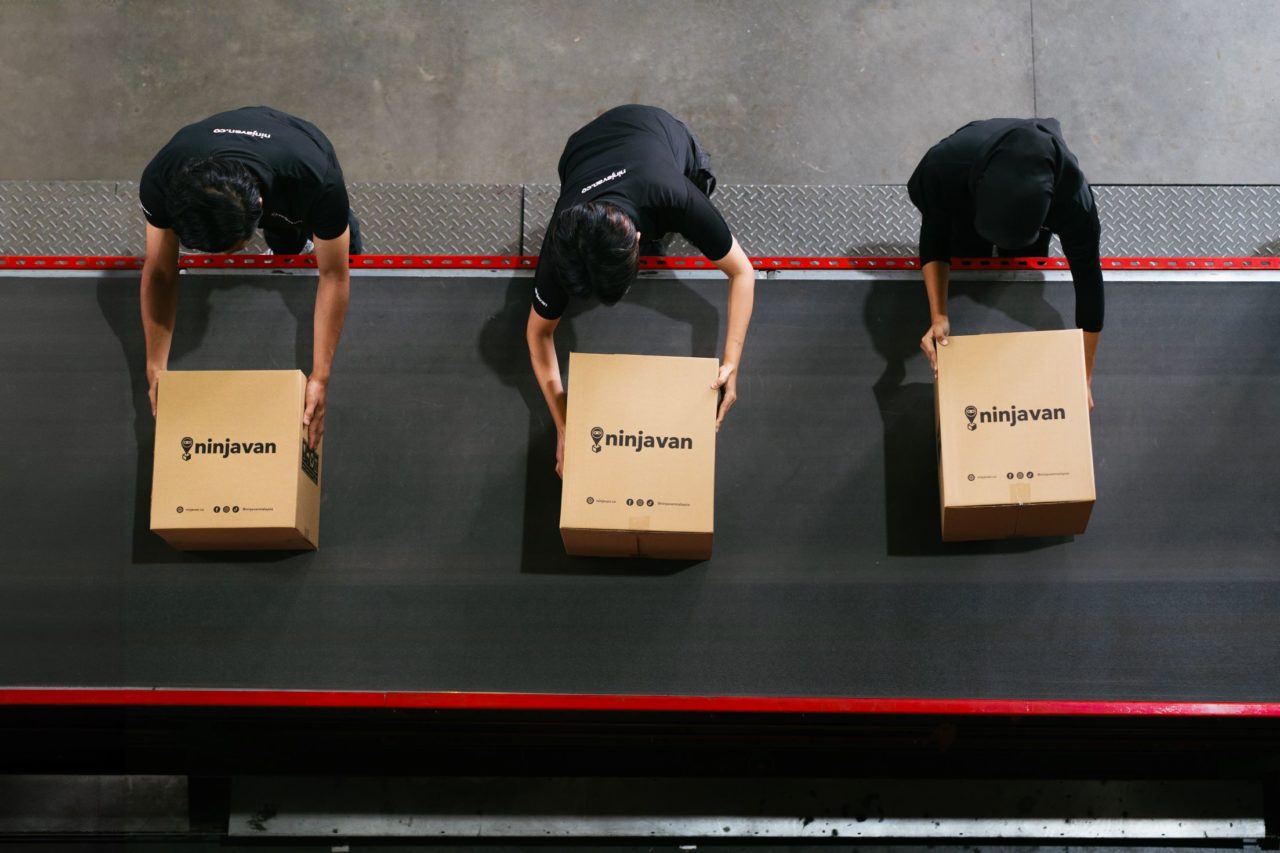
To understand Ninja Restock and evaluate whether it makes sense for your operations, you should be familiar with several terms:
- GRN (Goods Received Note): A document (usually digital) confirming receipt of goods at the store or warehouse. It helps in inventory auditing, verifying quantity and condition.
- RDO (Route Delivery Order): A logistic routing plan for delivering goods along certain stops or stores. Helps with route optimisation and planning multi-drop delivery.
- MPS (Minimum Product Schedule / Maintenance Product Schedule): In this context, Ninja uses “MPS-ready routes” which means scheduled, recurring delivery routes to ensure stores are resupplied regularly.
- MOQ (Minimum Order Quantity): The smallest volume (or number of units / CBM) that you are allowed or expected to ship in one restock run. CBM being “Cubic Metres,” a common volumetric unit used in freight.
- CBM-based rates: When shipping cost is determined by volume rather than (or in addition to) weight. Useful for “bulky but light” items.
🔥 Read more about GRN, RDO and MPS here: How GRN, RDO and MPS Work in Practice
These terms often appear when comparing restocking / replenishment services across providers, because they link directly to cost, risk, and service levels.
⚙️ How Ninja Restock Works (Beyond the Basics)
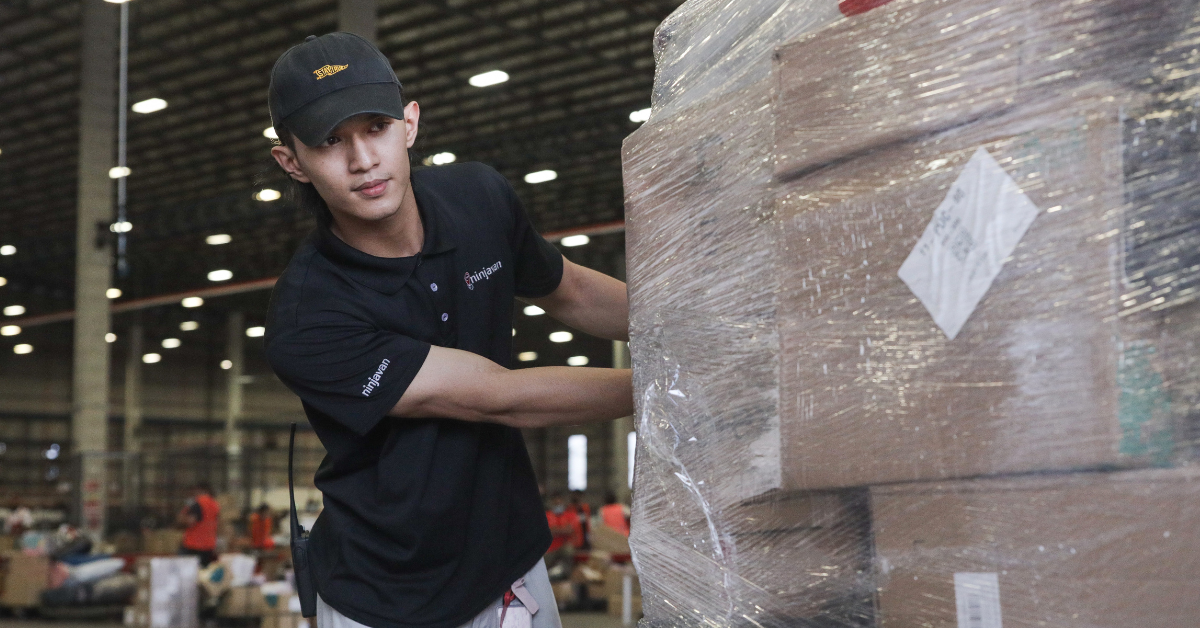
You probably already know from Ninja Van’s website that Restock offers features like:
- Lead times of 1–3 working days for many locations.
- Flexible MOQ, CBM-based pricing. (👉 Get pricing quote now!)
- Direct-to-store delivery via consolidated less-than-truckload (LTL) delivery.
- Nationwide coverage including rural East Malaysia.
- Support for real-time tracking via dashboard, scheduled and recurring deliveries.
Here are some deeper operational insights & considerations, inferred or extrapolated, that may help you evaluate the service:
Inventory Flow & Supply Chain Visibility

With digital GRNs, RDOs, real-time tracking, you gain visibility into each leg of the replenishment cycle. Inventory flow means:
- Ability to monitor when goods are picked up from warehouse/supplier, in transit, delivered, or delayed.
- The chance to proactively manage store stockouts, avoid overstock, reduce lost sales.
- Better data for demand forecasting, safety stock calculation, and route planning.
🧐 Did you know? Ninja Van offers full-scale fulfilment & warehousing services that are inclusive of last-mile delivery services? Read more: What is Ninja Fulfilment? – E-Fulfilment & Warehousing Explained
Scheduled & Optimised Routing
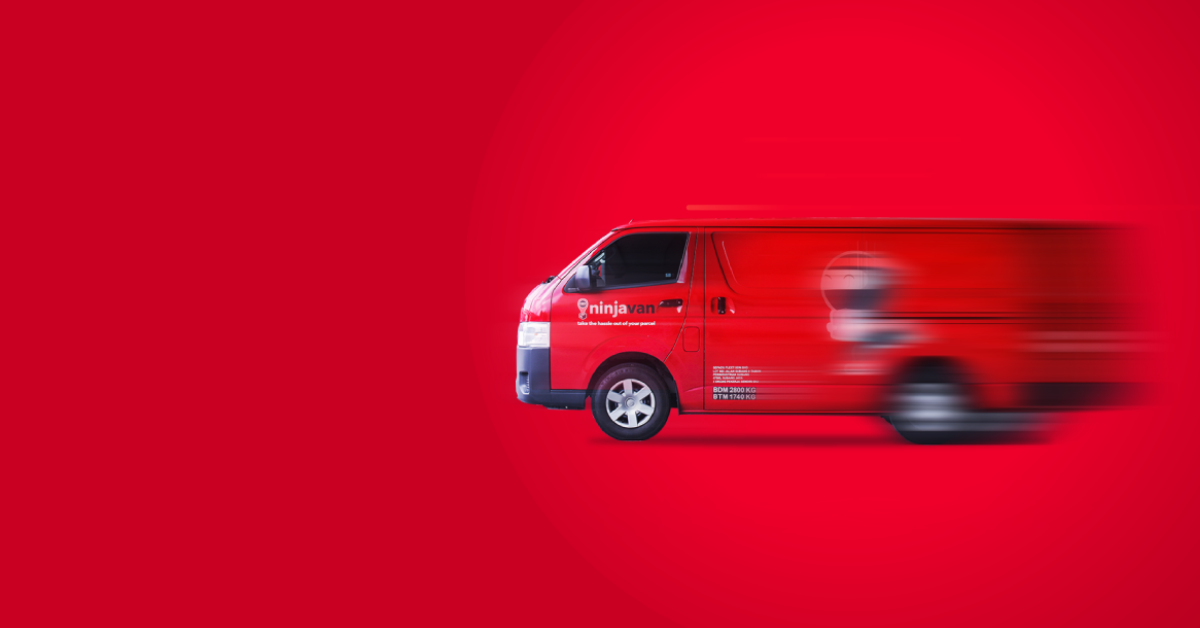
Rather than ad-hoc restock runs, Ninja Restock supports MPS-ready routes (scheduled transport routes). This allows for:
- Grouped deliveries (multi-drop) across multiple stores in one run, reducing cost per store.
- Better utilisation of transport assets (lorry / truck loads), minimizing empty runs.
- Predictability in replenishment, which helps stores and brand owners plan.
Flexibility & Scalability

Because of flexible MOQs and CBM-based rates, and the ability to consolidate deliveries, even smaller retailers or brands can participate and not forced to commit to huge volumes before restocking becomes economical.
On the other hand, as your volumes scale, Ninja Restock’s network (warehousing, fleet, routing) can accommodate larger loads, more frequent schedules. (👉 Get pricing quote here!)
Handling Sensitive or Complex Goods
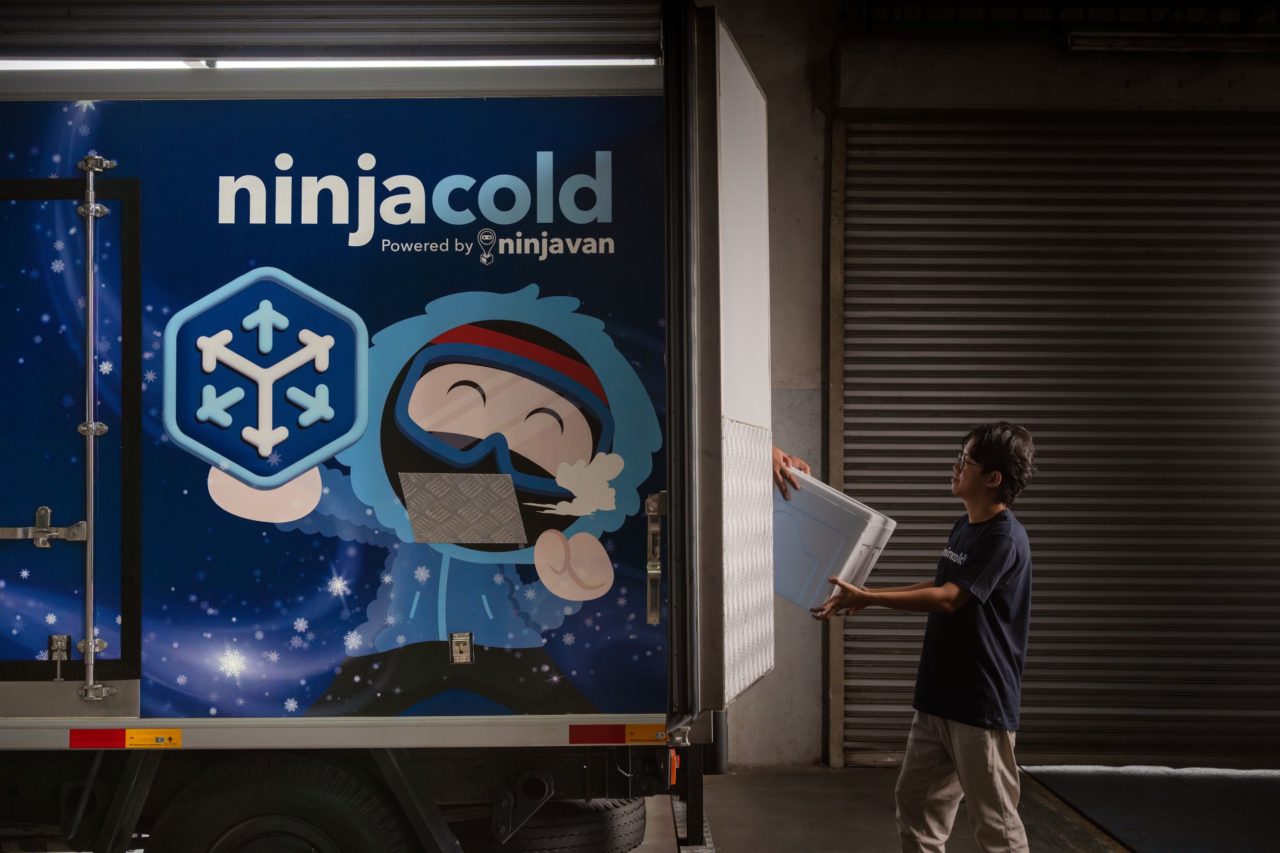
While Ninja Restock is ambient-goods focused (non perishable, non hazardous) in general, for items needing special handling (pharma, medical supplies), cold chain, etc., there are specialized services (e.g. Ninja Cold). If your operations involve temperature-sensitive goods, controlling spoilage, preserving efficacy, etc., you need to examine:
- Temperature compliance SOPs.
- Whether the vehicles and storage points meet required standards (e.g. for healthcare, perhaps GMP or similar).
- Insurance / liability coverage in case of damage.
📞 Keen to explore Ninja Restock more seriously? Contact the Ninja Restock team to see case studies in your industry and get a quote.
🔥 Benefits vs Trade-Offs
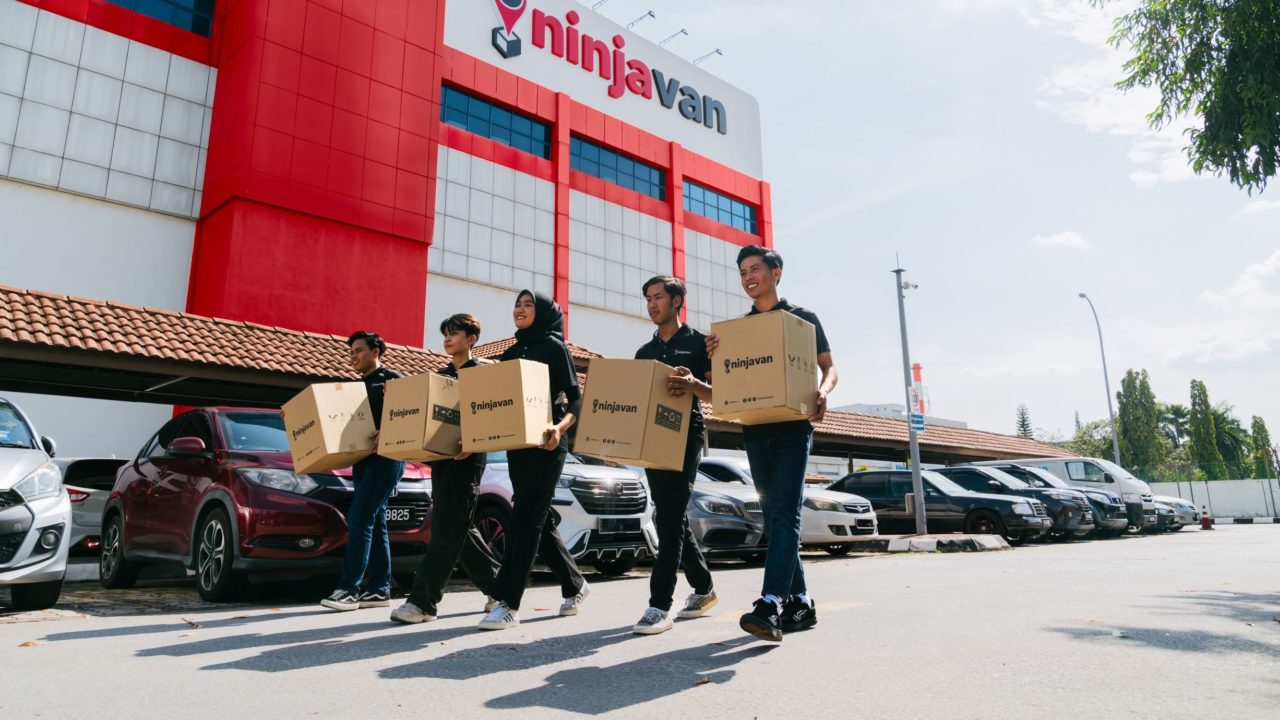
It’s not all upside — to decide whether Ninja Restock makes sense for your operation, compare the benefits against potential trade-offs.
Key Benefits
- Reduced lead time & faster replenishment
With scheduled runs and consolidated shipping method with multiple shippers’ goods, restocking becomes more predictable. Faster response to demand spikes. (Read more: How LTL Store Replenishment Works in Malaysia) - Lower overhead in transport & inventory management
No need to maintain your own fleet, drivers, or extra warehousing in some cases. (Learn more about extra warehousing here). - Cost efficiencies
CBM-based pricing, route optimisation, smaller MOQs help reduce per-unit shipping cost, waste, or overstock. - Better visibility & data
GRN, dashboard tracking, RDOs allow you to monitor progress, detect bottlenecks, measure KPIs like out-of-stock frequency, delivery reliability. - Scalability / flexibility
Start small, scale up; adapt delivery frequency (daily / weekly / etc.), adapt routes, change volumes as sales change.
Trade-Offs / What To Check
| Potential Challenge | What to verify / mitigate |
|---|---|
| Service availability | Remote / rural stores may still experience longer lead times. Confirm service in your specific outlets. |
| Quality control risks | Proper packaging, labelling, sealing are essential. Because you rely on a third party, mishandling = risk. |
| Cost variations | CBM-based rates might penalise very bulky low-weight items, or unusual packing. MOQ flexibility may come with minimum cost overhead. |
| Dependency on provider performance | If Ninja’s fleet or partner network has delays, your retail chain could suffer. SLA (Service Level Agreements) need scrutiny. |
| Limited to non-hazardous / non-cold chain unless via specialized service | If your product requires cold storage, frozen, or hazardous classification, you’ll need either Ninja Cold or another specialist. |
📞 Can Ninja Restock lower logistics cost or improve inventory turnover? Gather a pilot plan! Reach out to Ninja Van to request a pilot quote or trial.
👋 FAQs & Advanced Questions
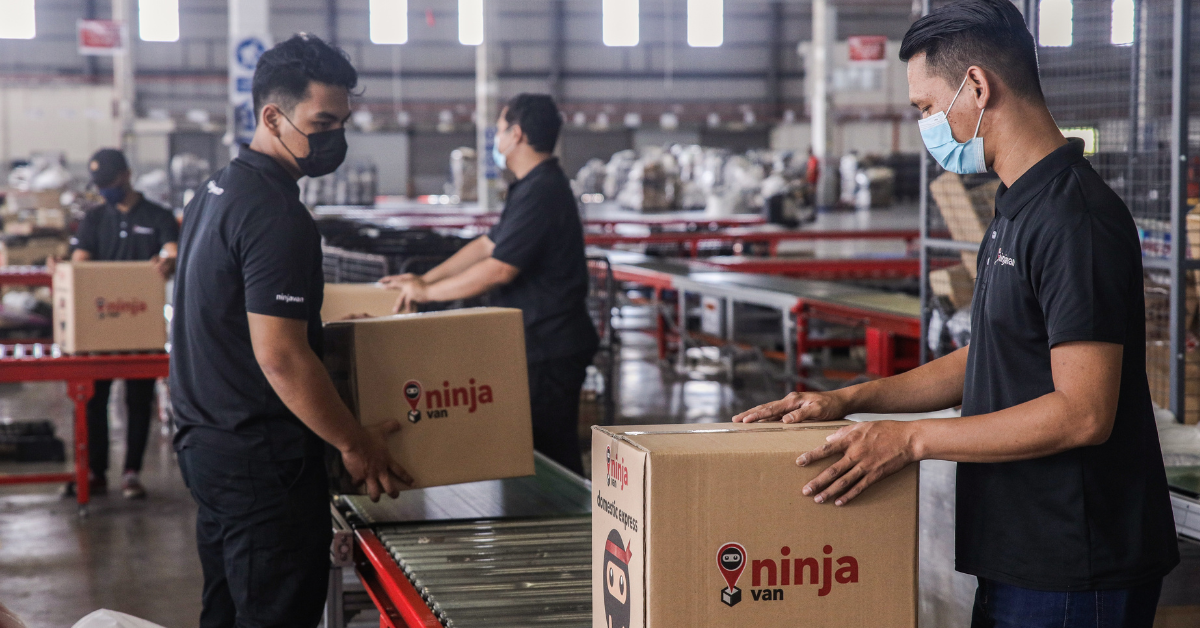
-
How does Ninja Restock integrate with my existing warehouse management system (WMS) or ERP?
Most high-volume retailers will use WMS/ERP tools. To avoid double work, contact us to see if Ninja Restock offers API access or data export (for GRN, RDO, delivery status). This allows automatic updating of stock ledgers, avoidance of manual reconciliation.
-
How are damages or losses handled legally / contractually?
Since you’re shipping via 3PL, we ensure that our limited liability clauses are curated carefully and comprehensively to clearly define insurance coverage, packaging standards, and claims procedures and others.
-
What metrics or KPIs should I track when using restock services?
1. On-time delivery rate (percentage of POs delivered when promised).
2. Fill rate (percentage of ordered units actually delivered).
3. Stock-out occurrence (how often a store runs out of an item).
4. Cost per unit / cost per CBM for restock.
5. Inventory carrying cost saved vs freight & handling cost. -
How can route optimisation affect overall cost and carbon footprint?
Multi-drop routing reduces empty backhauls. Scheduled runs reduce need for emergency shipments. If sustainability is a concern, ask whether Ninja Restock offers green-fleet options or carbon tracking. Contact us here!
-
What kind of contract or commitment is required?
Some providers insist on minimum volumes, long-term contracts to cover fixed cost of routing & assets. Ninja Restock exclusively allow flexible MOQ and scheduled routes, but it’s important to verify in your negotiation.
📞 Need a custom restock proposal? Reach out to Ninja Van’s sales team for these advanced questions; integration, insurance, KPIs via here!
👥 Use-Case Examples (Hypotheticals + What’s Possible)
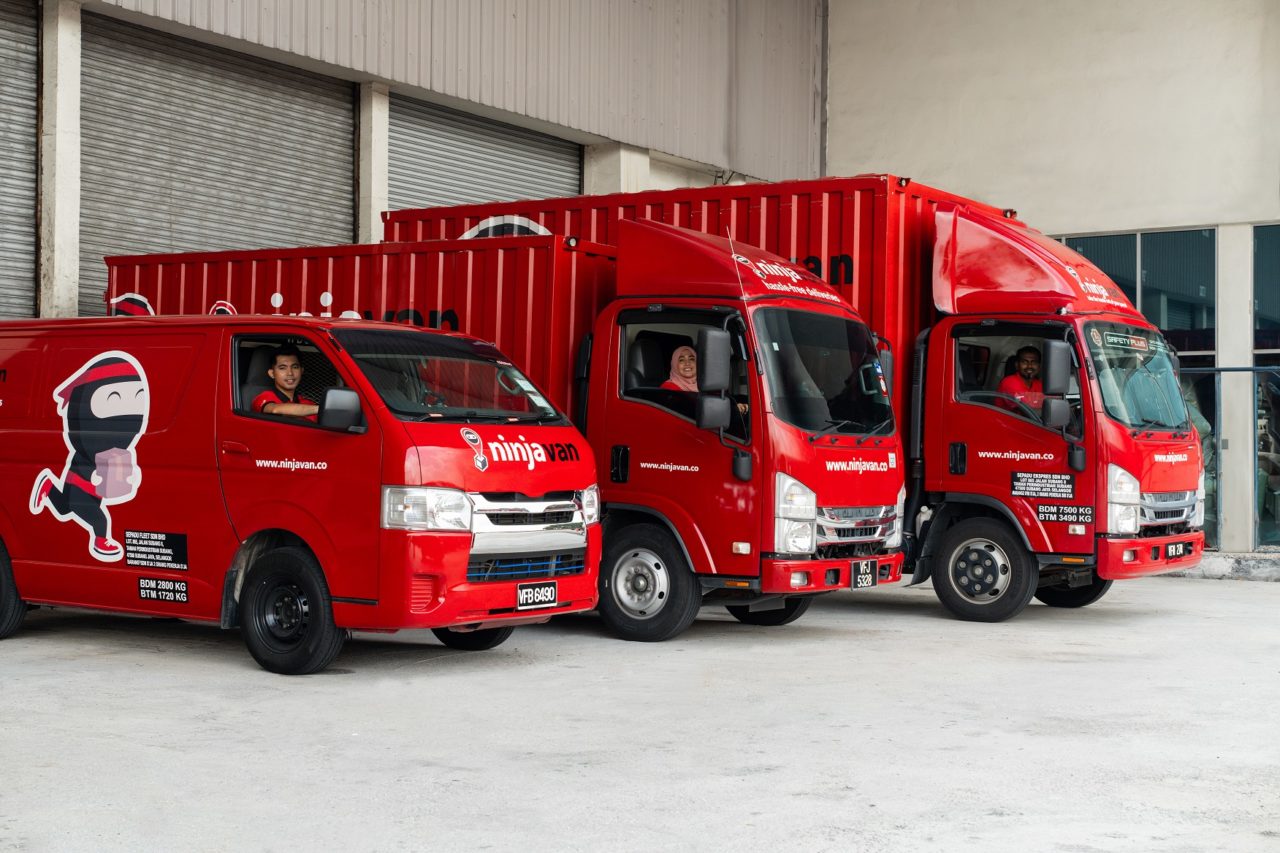
Here are a few scenarios that show how Ninja Restock might be used in various industries, beyond the examples on their website.
| Pharmaceutical / Health Supplies Chain | Small & Medium FMCG Brand Launching New SKUs | Remote / Rural Coverage for Consumer Goods / Petcare |
|---|---|---|
| A regional pharmacy chain needs to restock OTC (over-the-counter) medicine, health supplements, and medical equipment across 50 outlets. Using Ninja Restock, we could set up weekly scheduled runs to restock from central warehouse, get digital GRN for compliance, reduce stockouts (critical for customer trust), and eliminate the need to dispatch own trucks. Read more: Pharmaceutical Logistics in Malaysia: A New Era of Safer, More Reliable Solutions with Ninja Van | When launching a new product in a test market, you often don’t start with large scale volume. Flexible MOQ + CBM-based shipping allows you to send small initial batches to partner stores without high cost. You get freight visibility and control, plus see where demand sits before scaling up. Read more: CBM Vs. Traditional Truck Size Pricing | Many brands find costs skyrocket when delivering to remote or rural stores due to poor road infrastructure or fewer consignments. A restock service with nationwide coverage can smooth that out, offering more predictable pricing and fewer “special courier” costs. |
🎯 Key Takeaways
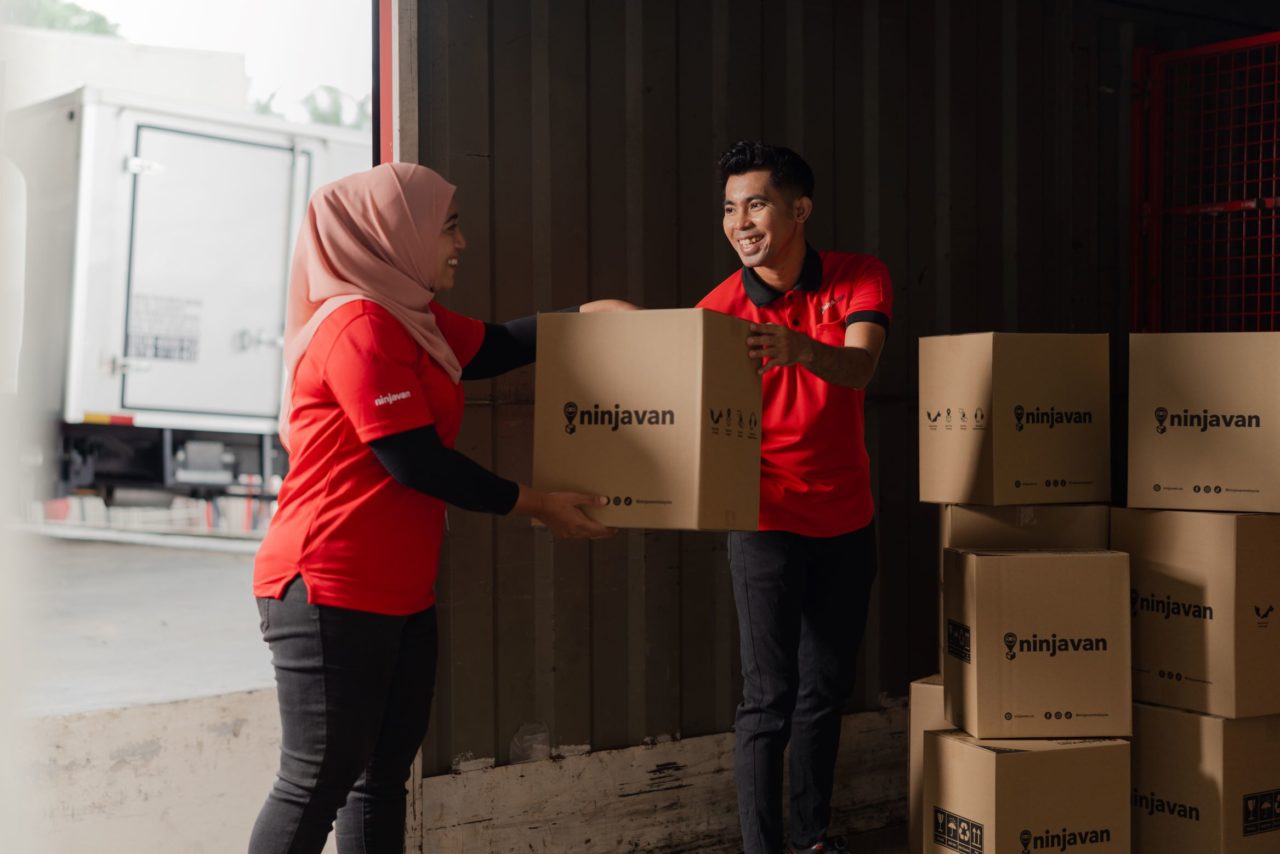
- Ninja Restock is more than just delivering goods; it’s a logistics solution for inventory replenishment, offering scheduled, visible, and scalable restocking from warehouse / supplier to retail or branch outlets.
- Familiarity with terminologies like GRN, RDO, MOQ, CBM, cold chain, etc., will help you evaluate offers, compare providers, and negotiate terms.
- The benefits—reduced lead times, improved supply chain visibility, cost efficiency, less capital tied in inventory—are attractive. But you need to check availability, contract terms, packaging standards, and whether it supports your product type (ambient vs. sensitive).
🤝 Ready to “Ninja Restock” It Now?
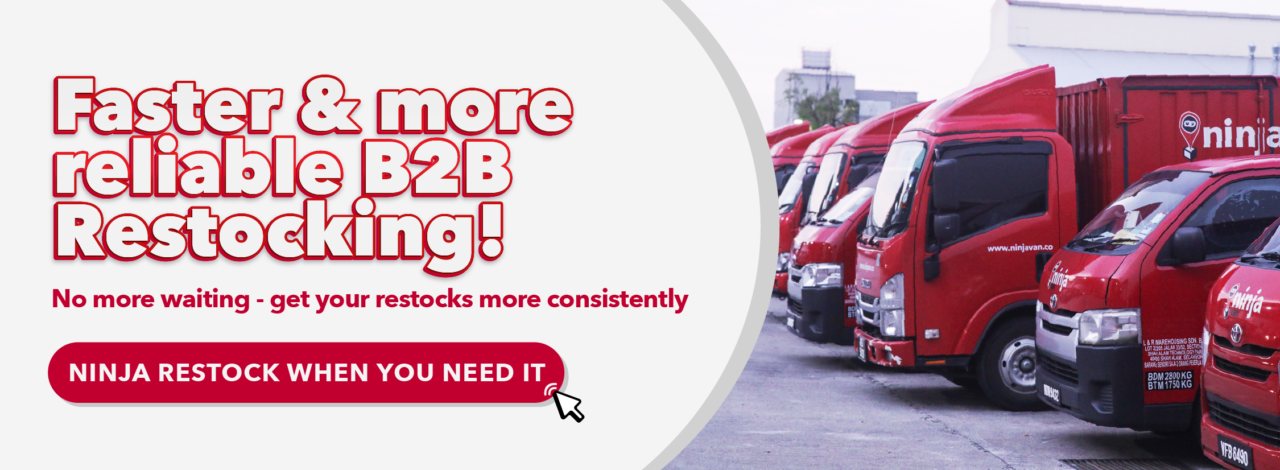
If you see potential in Ninja Restock for your operations, here’s what you can do now:
- Ask for a pilot restock run in one of your busiest store clusters.
- Request a cost breakdown (CBM-basis, routing, packaging) so you can compare versus internal fleet or other 3PLs.
- Speak with Ninja Van about integration with your systems (ERP/WMS), liability coverage, and performance SLAs.
